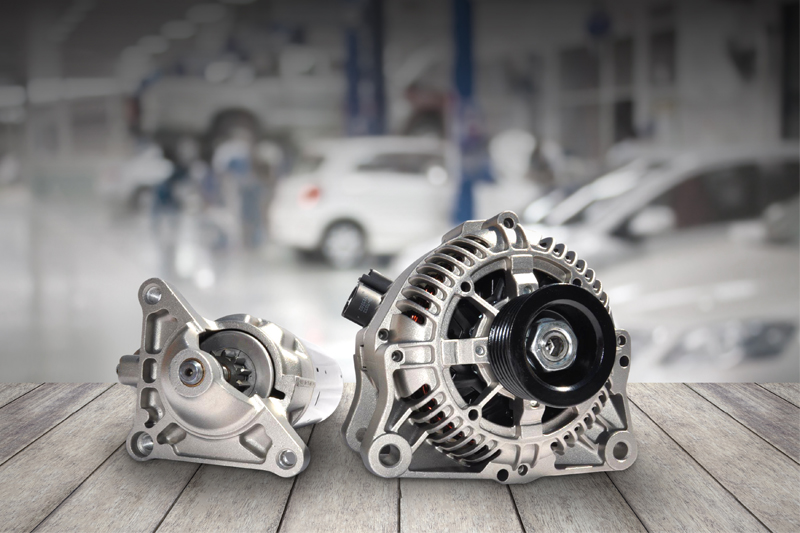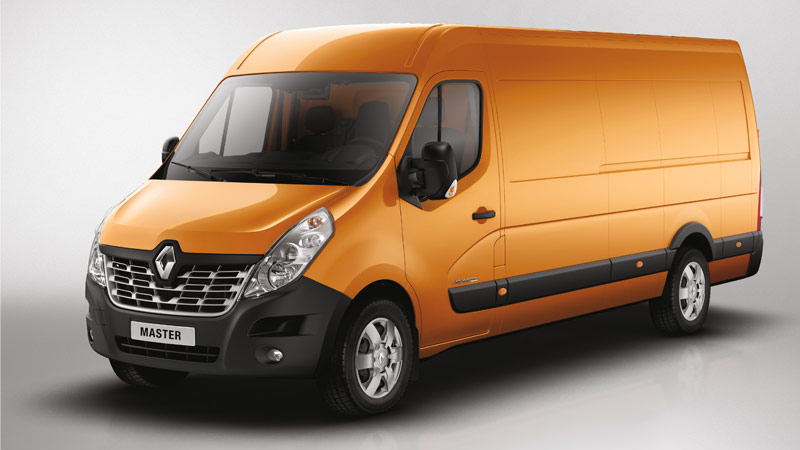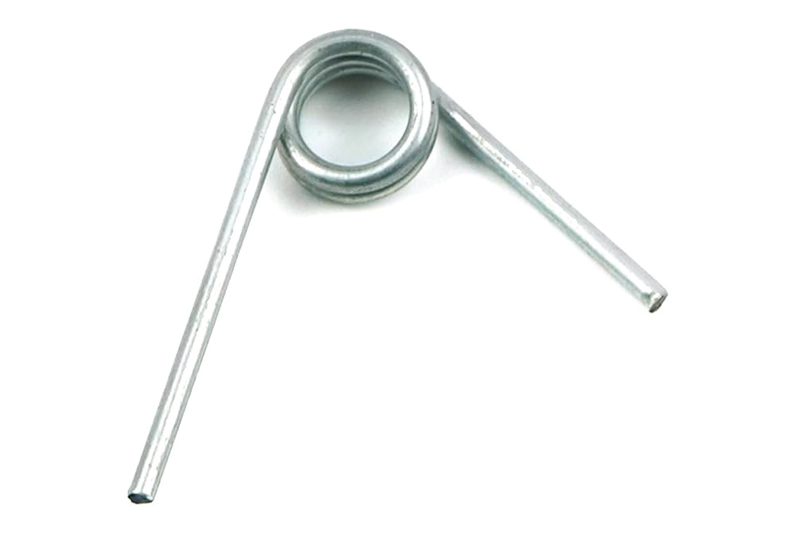HELLA outlines causes of starter motor issues

Ian Mattacola, product and brand manager, HELLA, offers up some advice on possible root causes of troublesome starter motors on some makes of Renault and Nissan vans.
As a major parts supplier we have come across frequent starter motor failures for 2008 onwards Renault Masters fitted with 2.0 dCi M9T or M9R engines. The same problem has also afflicted Renault Traffic and Nissan Primastar vehicles.
The vehicle typically presents in the workshop with a failed starter motor. Unfortunately, if you simply fit a replacement without properly investigating and looking out for some tell-tale signs of the real cause, then you can soon be faced with the headache of the new part failing quickly as well.

Such situations become notoriously problematic – leaving drivers inconvenienced, garages potentially facing a financial hit and suppliers managing labour-intensive warranty claims processes, which will ultimately be rejected. To avoid this, our starter motor installation instructions recommend several vital pre-fitment steps. Amongst them is a check of the ignition switch, to ensure it moves freely and easily between positions.
According to our technical team starter motors for these vehicles often fail due to excess load because the ignition switch ‘sticks’ leaving the starter motor engaged for too long. This ‘sticking’ can be caused by ageing electrical switch mechanisms being slower to disengage or more often, by a broken or weakened mechanical spring failing to return the ignition switch back to the initial position as it should.
When the starter motor remains engaged like this whilst the engine is running, for even short periods of time, the load and resulting heat can quickly burn-out the motor. Careful assessment of the failed unit is essential; look out for blue discolouration around the armature shaft – caused by excess heat, or signs of a milled pinion – resulting from high-speed rotation.

If such damage is found, then the ignition switch is the likely culprit. However, it’s important to be aware that extended starter motor running may also be caused by poor engine starting. Also, even if the failed starter motor does not obviously show these signs, you should still check electrical connections for any corrosion as well as the ring gear on the engine flywheel for signs of damage.
You must take the time to look carefully for signs of failure through over-speeding when replacing starter motors. Where this is the suspected cause, it may to be important to either advise customers to replace the ignition barrel and switch assembly, or clearly explain the risks of not doing so lie with them.
That way, if they do decide to ‘chance it’ by only changing the starter motor, you are protected if a repeat failure later occurs.









